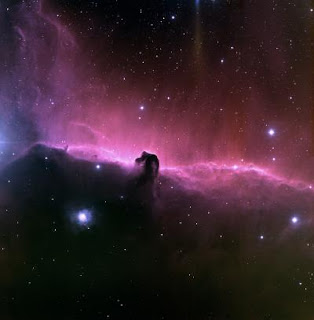An observing plan called the
Trumpler Clusters was created recently for Deep-Sky Planner and posted to the Plan Library. Licensed users can view and download the plan by logging into the Deep-Sky Planner Community and browsing for the plan in the Library (Help | Community Page).
Open clusters are wonderful observing targets during the present season. Some of the Trumpler clusters are a bit dim for common binoculars, but a telescope serves well when observing them. The Trumpler clusters are located between declinations +63 and -63, so many are visible to both northern and southern hemisphere observers.
I have looked for Robert Trumpler's original paper for years without finding it. Phil Harrington's recent
article on Cloudy Nights included a link to
Trumpler's original paper which is available on ADS at Harvard. (Thanks go to Phil for providing this!)
 |
Trumpler 36 / IC 1311
© 1995 by the Association of Universities for Research in
Astronomy, Inc
|
Trumpler's paper was published in 1930 and sought to define all known open clusters. Thirty-seven of the objects in the list were unknown when the paper was written, and these have become known as the Trumpler clusters. All but Trumpler 36 are still recognized in today's literature. Trumpler 36 is a bit of a riddle, although it seems to be IC 1311. Trumpler's paper also included a study of cluster diameter, distance and magnitude of member stars. It's a very interesting paper to read even some 85 years later. Any dedicated observer of open clusters should have a look at it.
The observing plan that appears in the Deep-Sky Planner library includes updated coordinates and size information from "Optically Visible Open Clusters Catalog" (Dias+, 2002-2012). Trumpler's original classifications are also included in the plan. The well-known Trumpler classification system encodes concentration, richness and brightness as follows:
Concentration
I=detached cluster, strong concentration
II=detached cluster, little concentration
III=detached cluster, no concentration
IV=undetached cluster
Brightness
1=equal brightness
2=medium range of brightness
3=bright & faint members
Richness
p=poor, < 50 members
m=moderate, 50-100 members
r=rich, > 100 members
Enjoy observing the Trumpler Clusters in the new year!








